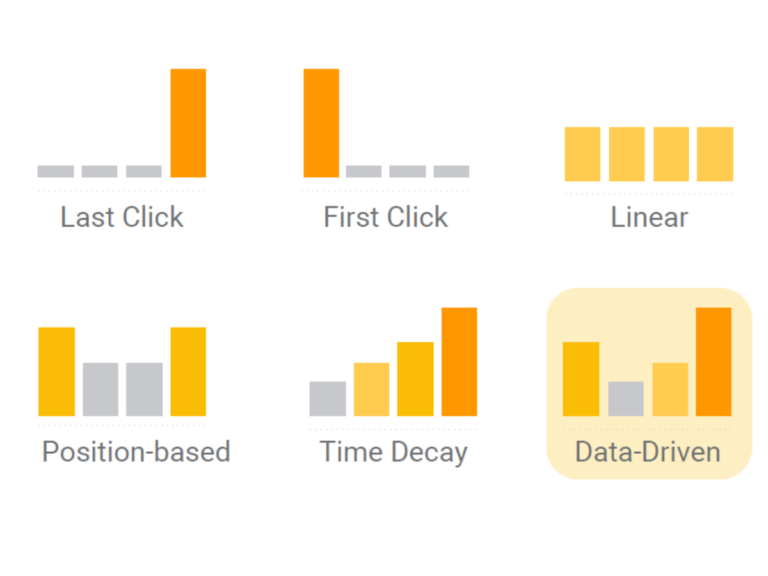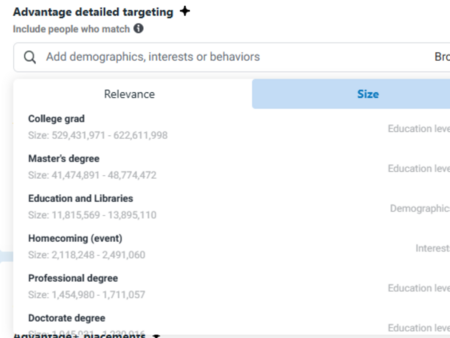Google is rolling out Search Max, a new campaign type that blends Broad Match, Performance Max , and Dynamic Search Ads into one fully automated search campaign.
The pitch? More reach, more automation, and “smarter” targeting.
The reality? Less control, higher potential costs, and a whole lot of AI deciding when and where your ads show up.
Right now, Search Max is in a closed beta, meaning only select advertisers have access. But if history tells us anything, Google loves pushing automation-heavy features, so don’t be surprised if this rolls out to more accounts soon. If and when that happens, advertisers need to be ready.
What’s Happening?
Google is testing Search Max with select Google Ads accounts, giving AI more control over search term matching, ad copy, and landing page selection. This new campaign type combines:
- Search Term Matching: Expanding your reach beyond traditional keywords by combining Broad Match, Performance Max (Search), and DSA. In other words, Google decides who sees your ads.
- Text & URL Optimization: Google’s AI will dynamically pick the best-performing URLs and tweak your ad copy based on the search query. Hope you trust the machine.
If you’re in the test group, you’ll see the option to enable Search Max inside Smart Bidding settings. From that point on, Google’s AI will take the wheel.
Search Max One-Sheeter Via Google
Why This Matters
Google loves automation, but that doesn’t mean it’s always good for advertisers. Here’s what you need to watch out for:
- More Automation = Less Control: You don’t pick your exact keywords. You don’t control where Google sends traffic. AI decides what’s “best,” and you just have to deal with it.
- Bigger Reach, Bigger Costs: Google says Search Max will find more customers, but that doesn’t mean they’re the right customers.
More impressions can mean higher CPCs and wasted budget on lower-intent traffic.
- Quality vs. Quantity: If Google’s AI expands targeting too much, you could see more clicks but fewer conversions, forcing you to spend more to get the same results.
For businesses that care about high-intent traffic, this shift could make it harder to keep campaigns profitable.
What Should You Do?
If Search Max rolls out to your account, don’t just flip the switch and hope for the best. Here’s how to stay in control:
- Monitor Performance Like a Hawk: Track search terms, conversion rates, and CPCs. If traffic quality drops, be ready to adjust bids or restructure campaigns.
- Optimize Your Landing Pages: Since Google controls URL selection, make sure every potential landing page is conversion-ready. Weak pages could hurt performance.
- Lock Down Your Negative Keywords: With Search Max casting a wider net, your ads could show up for irrelevant searches. Stay on top of your negative keyword list to prevent wasted spend.
- Test Against Standard Search Campaigns: Test Search Max vs. traditional keyword-based campaigns and compare the results. If performance tanks, stick with manual search ads and keep the control where it belongs—with you.
If this rolls out beyond the pilot, expect more automation, and more work to make sure your budget isn’t getting burned on bad clicks. Need help adjusting your strategy? Let’s talk. We’ll make sure your campaigns are dialed in and not just feeding Google’s AI more ad dollars with no return.





no replies